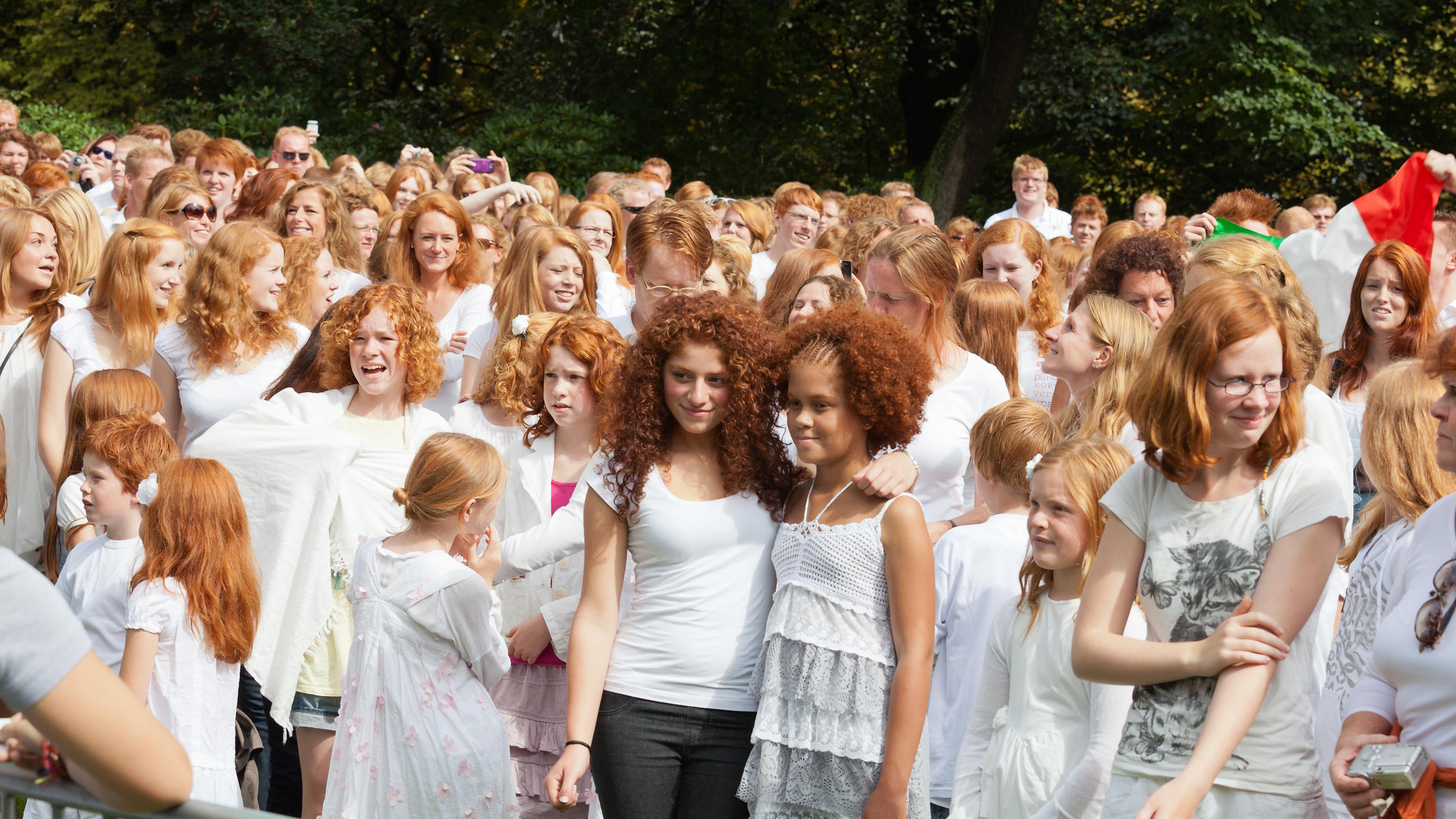The Difference Between a Fixed Mindset and a Growth Mindset

One of the most interesting things that’s happened in psychology in recent years has been the realization that the way we typically praise children in this country is not only ineffective, but in many cases it’s actually counterproductive. And the basic idea is that there are two mindsets. You can think of your characteristics as fixed or you can think of them as capable of growth. And when you tell a child “You’re so smart,” what you’re unwittingly doing there is encouraging a fixed mindset. This is a characteristic of the child, the smartness.
On the other hand, if you say “Wow, you really worked hard, you kept at that math homework until you got it right,” you’re encouraging a growth mindset so you’re teaching the kid that being able to stick to something and work through a difficult task will lead to growth and improvement.
Now the problem with the fixed mindset is that when things get difficult, kids who have been performing in order to get praise for being smart suddenly get very insecure. “Oh, I don’t know the answer. I’m not smart.” It causes them to back away from difficult tasks and fail to apply themselves.
In Their Own Words is recorded in Big Think’s studio.
Image courtesy of Shutterstock





